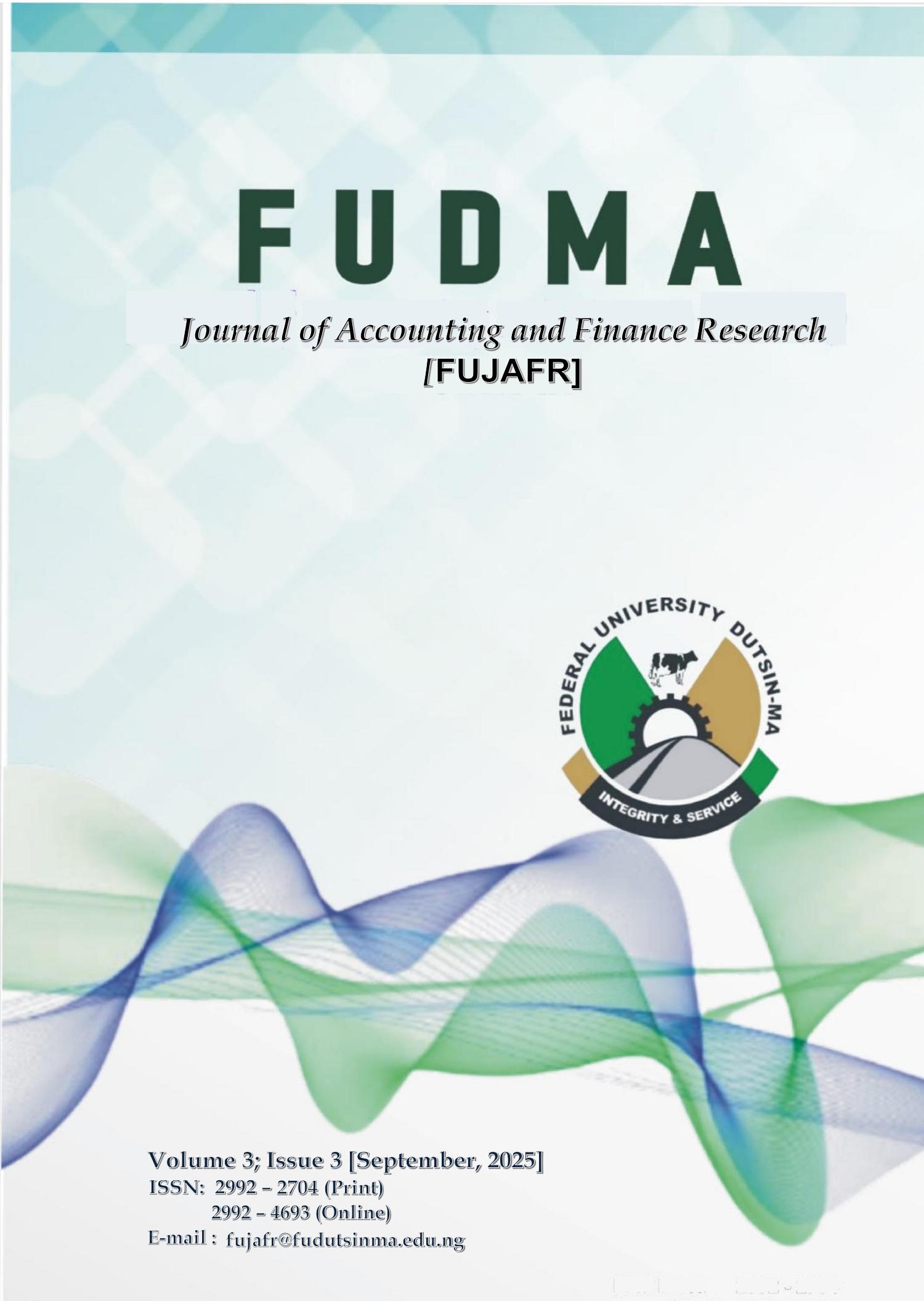Assessing the Viability of Microfinance Banks in Kebbi State, Nigeria
DOI:
https://doi.org/10.33003/fujafr-2025.v3i3.219.177-186Keywords:
Asset quality, Capital adequacy, Liquidity, Microfinance, Operational efficiency, Return on AssetsAbstract
This study examined the impact of capital adequacy, asset quality, liquidity, and operational efficiency on Microfinance Banks (MFB) viability proxied by Return on Assets (ROA) in Kebbi State, Nigeria, employing quantitative research method and robust analytics. The study reveals mixed findings, as it found that Asset quality negatively impacted from non-performing loans underscores the importance of sound credit risk management, while liquidity's positive role highlights the need for balanced short-term asset management. Operational efficiency shows the strongest positive relationship with survival (coefficient = 0.631, p-value = 0.040), highlighting that cost-effective MFBs are better positioned to withstand financial pressures and maintain sustainable operations. The findings further suggest that context-sensitive policies combining prudent regulation and operational support will be most effective in promoting MFB survival and their valuable role in local economic development.
Downloads
Published
How to Cite
Issue
Section
License
Copyright (c) 2025 FUDMA Journal of Accounting and Finance Research [FUJAFR]

This work is licensed under a Creative Commons Attribution-NonCommercial 4.0 International License.
No Rights Reserved





